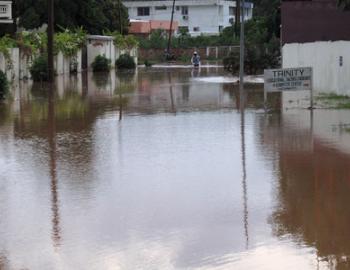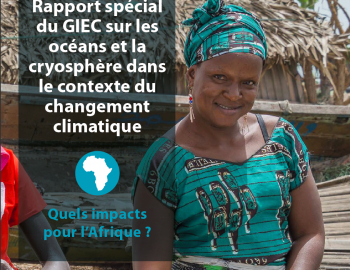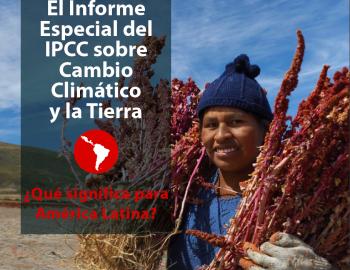WORKING PAPER: Equity and inclusion in disaster risk reduction: building resilience for all
WORKING PAPER: Equity and inclusion in disaster risk reduction: building resilience for all
Policy-makers and international agencies are currently negotiating the details of the successor to the Hyogo Framework for Action (HFA), which is to be agreed at Sendai, Japan in March 2015. The zero draft of the post-2015 framework for disaster risk reduction (DRR) now explicitly promotes the integration of gender, age, disability and cultural perspectives into DRR. It acknowledges the need to manage differential levels of vulnerability and exposure, and the need to empower vulnerable groups to participate in decision-making and implementation. The draft does not say, however, how progress on social and cultural dimensions (including poverty, gender, age, and disability) will be promoted and accounted for, or by whom. Our recent analysis of the pre-zero and zero drafts highlights that they are still lacking language and requirements that would help create/enforce stronger accountability for action on social inclusion and adequate attention to social vulnerability (including within the monitoring process). This analysis acknowledges the necessary contributions of different social groups, but is still not clear what and who will ensure that states allow, promote and build upon the participation of these groups in policy-making processes pertaining to DRR. Questions therefore remain about whether the shortcomings of the HFA will be overcome, particularly in relation to the integration of gender perspectives, social and cultural diversity, and community participation as cross-cutting themes.
This paper, Equity and inclusion in disaster risk reduction: building resilience for all attempts to address some of these shortcomings and to move the debate beyond the simplistic focus of including vulnerable groups within DRR policy-making. By promoting socio-economic and cultural inclusion as well as the political recognition of marginalised people, this paper provides examples of where their participation as active agents of change has proven beneficial in effectively and equitably building resilience. This evidence supports recommendations for the inclusion and empowerment of vulnerable groups throughout the post-2015 framework for DRR.
This paper also makes the case for increased attention to the wider issues of vulnerability, inclusion and empowerment. Attention to these issues is needed to assist policy-makers and international agencies to negotiate the successor agreement to the HFA. In this respect, this paper will focus on four main aspects:
- Marginalised groups are more likely to suffer from disasters.
- Disasters exacerbate vulnerabilities and social inequalities.
- Vulnerable groups tend to be excluded from DRR decision-making, thus making them even more
vulnerable to the impacts of disasters. - Vulnerable groups should be included in DRR as active agents of change to effectively and equitably
build resilience.
Download the paper here: Equity and inclusion in disaster risk reduction: building resilience for all
We would like to thank J.C. Gaillard, Jan Kellett and Tom Mitchell for reviewing this paper and for their support and comments.



